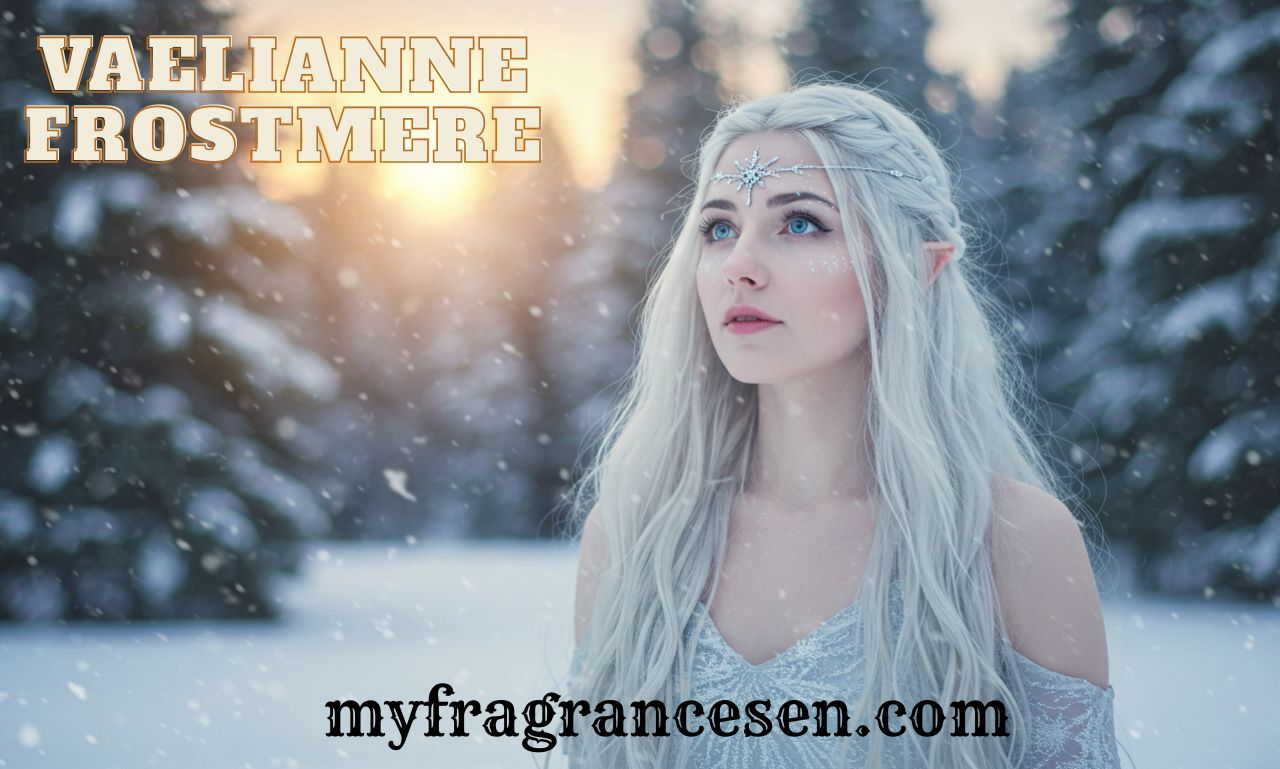The name Vaelianne Frostmere carries an almost mythical resonance. For centuries, she has been depicted as a figure of mystery — a warrior, a sorceress, and in some traditions, a tragic heroine. While historians debate her historical authenticity, storytellers across generations have kept her legacy alive through oral traditions, epic poetry, and modern adaptations. This article delves into the timeline, legends, and cultural impact of Vaelianne Frostmere, tracing how she evolved from an obscure name in ancient records to a cultural icon.
Origins and Early Timeline
The first known mention of Vaelianne Frostmere appears in fragmented manuscripts dated to the late 9th century. These manuscripts, preserved in frost-bitten northern monasteries, refer to a “Lady of the Everwinter Lands,” a skilled tactician who allegedly defended her people during a series of brutal winters.
-
9th–10th Century: Early records suggest she led a nomadic clan across icy tundras, navigating treacherous landscapes while forging alliances with neighboring tribes.
-
11th Century: Songs and runic inscriptions expand her image, portraying her as a shieldmaiden whose sword “sang with the voice of the storm.”
-
12th Century: Folklore begins to merge history with myth, adding supernatural elements — claiming Vaelianne could summon blizzards to protect her stronghold.
By the 13th century, Vaelianne Frostmere had transitioned from a potential historical figure into the realm of enduring legend.
Core Legends of Vaelianne Frostmere
Over time, storytellers embroidered her biography with fantastical elements. The most enduring legends include:
The Siege of Frostspire
According to saga traditions, Frostspire was Vaelianne’s fortress carved into the heart of a glacier. When besieged by rival warlords, she called upon ancient spirits of the north wind to cloak her fortress in blinding snow, turning the tide of battle.
The Pact with the Icebound Wyrm
In some tales, Vaelianne is said to have brokered peace with a dragon dwelling beneath the frozen mountains. This “Icebound Wyrm” allegedly granted her a shard of eternal frost, giving her control over winter storms.
The Wanderer’s Disappearance
One of the most haunting legends recounts her departure from her people. Vaelianne is said to have walked into a blizzard alone, vanishing into the white horizon. Some believe she still roams the polar realms, ageless and watchful.
Timeline of Historical and Cultural Shifts
The narrative of Vaelianne Frostmere didn’t remain static. Different eras reinterpreted her story to reflect their own cultural values.
| Century | Development in the Vaelianne Frostmere Narrative |
|---|---|
| 9th–10th | Possible historical roots as a tribal leader. |
| 11th | First literary embellishments; emergence as a warrior icon. |
| 12th–13th | Mythic elements — magic, dragons, and supernatural weather powers. |
| 15th | Incorporated into moral ballads warning against hubris and pride. |
| 18th | Romantic revival during the Age of Exploration; painters depicted her amid arctic vistas. |
| 20th–21st | Featured in novels, games, and fantasy films as a feminist warrior archetype. |
Cultural Impact
Literature and Storytelling
Vaelianne Frostmere’s transformation into a legend allowed her to thrive in various literary forms. From medieval sagas to modern fantasy novels, she serves as both a symbol of resilience and a cautionary figure. Writers often portray her as torn between duty and personal freedom — a theme that resonates strongly with contemporary audiences.
Art and Visual Culture
Artists of the Romantic period were particularly drawn to Vaelianne’s image, often painting her in windswept landscapes with snow swirling around her. Today, she appears in digital concept art, cosplay, and even tabletop role-playing game illustrations, embodying the archetype of the frost-bound heroine.
Cinema and Gaming
In modern pop culture, Vaelianne has inspired video game characters, movie protagonists, and graphic novels. Her depiction varies from a mystical sorceress to a gritty warrior, but her defining traits — courage, mystery, and command over winter — remain consistent.
Symbolism and Themes
The story of Vaelianne Frostmere taps into universal human themes:
-
Endurance in Adversity: Surviving endless winters mirrors human resilience in hardship.
-
Power and Responsibility: Her magical abilities often come with moral dilemmas.
-
Isolation and Sacrifice: Many legends end with her making personal sacrifices for the greater good.
This symbolic richness explains why she continues to captivate audiences across cultures and centuries.
The Debate: History or Myth?
Some historians argue that Vaelianne Frostmere might have been based on an amalgamation of real leaders from the Arctic frontier. Others see her as a purely mythical creation, shaped by generations of oral storytelling. The scarcity of verifiable archaeological evidence keeps her shrouded in mystery — a fact that only fuels her legend.
Legacy in the Modern Era
The digital age has given Vaelianne Frostmere new life. Fantasy authors craft expansive sagas around her; game designers model icy realms in her name; and fan communities keep her spirit alive through role-playing and fan fiction. Her enduring appeal lies in her ability to evolve — seamlessly transitioning from ancient warrior queen to pop-culture heroine without losing her core identity.
Conclusion
The tale of Vaelianne Frostmere: Timeline, Legends, and Cultural Impact is a journey through history, myth, and cultural imagination. Whether she was a flesh-and-blood leader or a creation of the collective storytelling mind, her influence is undeniable. She stands as a testament to the power of legends — how they can bridge centuries, adapt to changing cultural landscapes, and inspire countless reimaginings.

